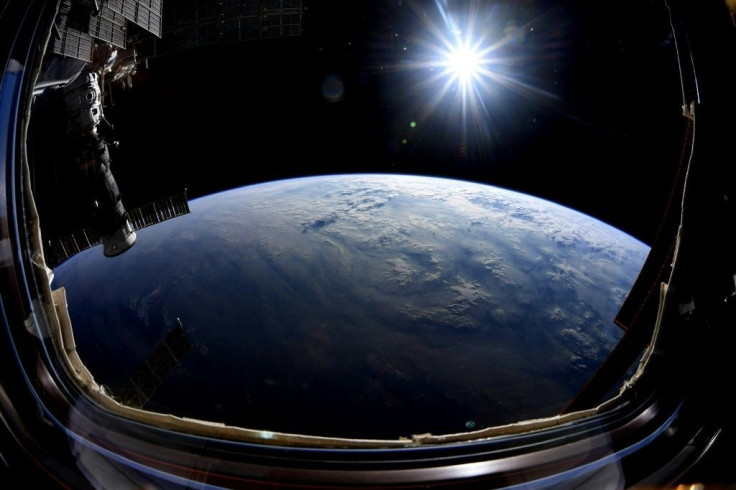Fancy Staying In Bed For 60 Days? Volunteers Are Doing It For A Space Exploration Study
KEY POINTS
- Some of the volunteers will have cycling routines in bed
- The focus is to find out how cycling could counteract the changes they experience in space
- It could help researchers come up with better ways to help astronauts maintain their health in space
At a glance, staying in bed for 60 days straight may seem like a breeze to some. A group of 12 volunteers is doing exactly the same for the sake of human space exploration.
But it is not all that easy for volunteers of the European Space Agency's (ESA) BRACE (Bed Rest with Artificial Gravity and Cycling Exercise) study.They have to lie in bed with one shoulder always kept on the mattress, with their legs on the elevated end of a tilted bed. One group will have a cycling routine in bed while another will do the same as they're being spun on a centrifuge. A third group will have neither the cycling nor centrifuge routine.
The idea is to mimic the conditions that astronauts' bodies endure in space — the lack of gravity has rather negative impacts such as muscle atrophy and body fluids like blood shifting upward to their heads.
The results of the cycling (and non-cycling) routines will then be compared to find out what more can be done to help astronauts maintain their health.
In particular, being on the centrifuge device while cycling essentially mimics artificial gravity as the blood flows back to their feet as they're being spun. This could counteract the impacts of the "gravity loss," which in this case is simulated by the bed rest.
A video that surfaced on social media demonstrates the centrifuge ride for space research, showing just how the bedrest study isn't quite as simple as it sounds.
Around the bed in 60 days? 🛌🔄🚴♂️😵💫
— Human Spaceflight (@esaspaceflight) May 23, 2023
Lying in bed for two months might sound like bliss, but add cycling, spinning and constant medical tests and it becomes a real challenge.
12 volunteers are on a bedridden journey for space exploration research: https://t.co/vRDgVs1QX7 pic.twitter.com/hMXOtzxps3
"We hope to understand the added value of artificial gravity to the fitness routine astronauts follow on the International Space Station. The crew exercises two hours per day in orbit," ESA's Angelique Van Ombergen said in a news release. "It could become an effective solution for a healthier body during long-duration space missions, if the technological challenges can be overcome."
The results could also have implications for here on Earth, where bedridden and elderly patients experience similar muscle and bone issues.
Human space exploration isn't that simple as astronauts' bodies go through various challenges. Weight-bearing bones, for instance, on average lose 1-5% mineral density each month in space, NASA explained. And the fluids moving toward the head during microgravity missions may also put pressure on the astronauts' eyes, potentially leading to vision problems.
But studies like BRACE, which is the first time in Europe that cycling was included in a bedrest study, could pave the way for better measures to help astronauts maintain their health, even for longer-duration missions.

© Copyright IBTimes 2024. All rights reserved.






















